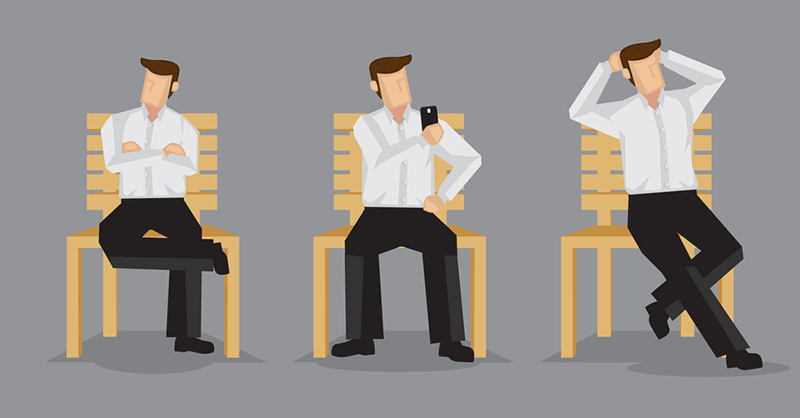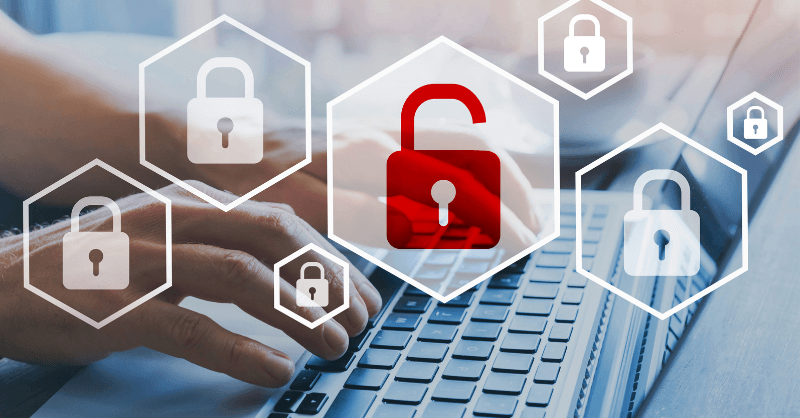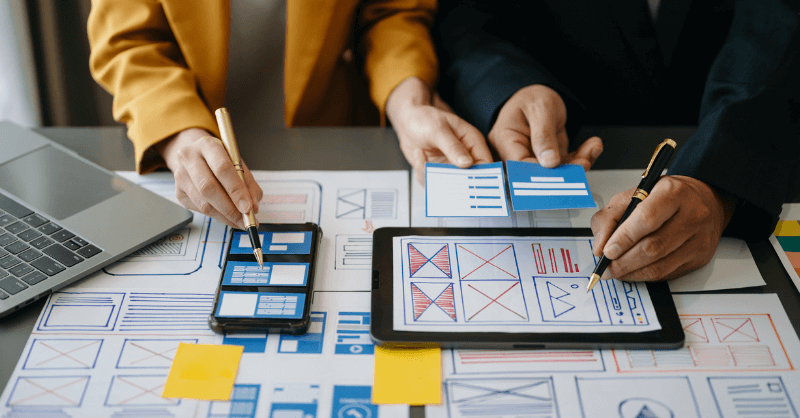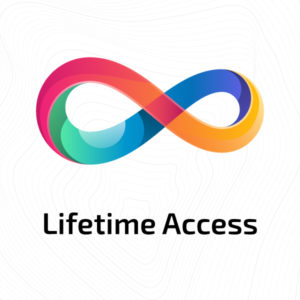British Sign Language (BSL) Level 1 & 2
Improve your communication skills with this comprehensive online course. The British Sign Language Level 1 & 2 course introduces you to the basics of signing through online video tutorials, before advancing your foundational skills onto signing more complex sentences and phrases.







 August 05, 2023
August 05, 2023








